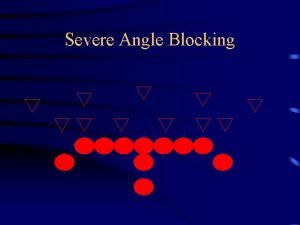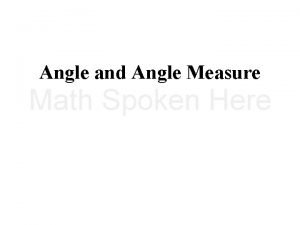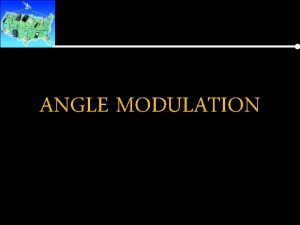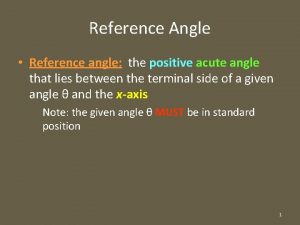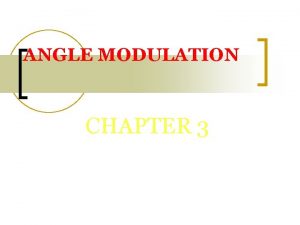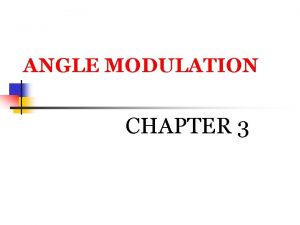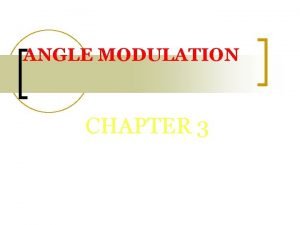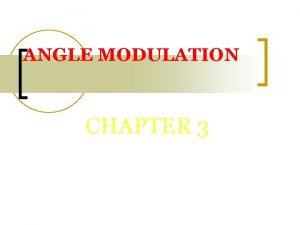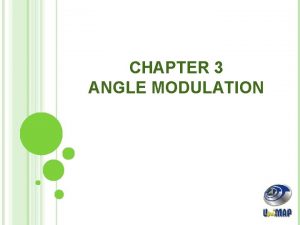Chapter 3 How Messages Persuade Module One Angle











- Slides: 11

Chapter 3: How Messages Persuade Module One

Angle of Vision • A reader sees a subject from one perspective only: the writer’s. • Writers create an angle of vision by: • • Stating their point of view directly Selecting only certain details, while omitting others Choosing words or figures of speech with intended connotations Creating emphasis or de-emphasis through sentence structure and organization • Refer to text page 43, thought exercise

Recognizing Angles of Vision in Text • Always more than one way to tell a story • Writer looks at the subject in a certain way or from a certain location • Determines what part of the topic gets “seen” or “unseen”, included or excluded • Panhandlers/homeless person • Torture/enhanced interrogation • Universal healthcare/socialized medicine

U. R. Riddle Letter • • Read assignment on page 45 Separate into two groups Write a brief letter of recommendation One group will support Riddle getting hired One group will warn the bank against hiring Riddle Use listing of facts and impressions to support your viewpoint In class, read letter out loud, to what extent does honesty compel you to mention some or all of your negative memories? Is it possible to mention negative items without emphasizing them?

How Angles of Vision Persuade • Read the two short excerpts on pp. 46 -47 • Discuss the differences in each passage • • • What are the points of view? What details support those views? What words are used to frame the subject? Is figurative language used? What examples of sentence structure support the view point?

Logos, Ethos, Pathos • Logos: appeal to reason • • Clarity of thesis or point Quality of reasons and evidence to support the point Ethos: appeal to the character of the writer • • Consistency Credibility and trustworthiness Respectful of other viewpoints Accurate and thorough, professional in formatting and appearance Pathos: appeal to sympathies, emotions, and values of the reader/audience • • • Visual images Vivid examples and details Empathizes with reader’s/audience beliefs

Messages Persuade Through Style and Document Design • Shaping sentences • • • Length and complexity Word choice • Abstract vs. concrete or formal vs. colloquial Persona • Expert vs. layperson or scholarly vs. popular Tone • Attitude about subject; cold, warm, humorous, serious, detached, or passionate Read passages on p. 51 and compare style

Creating a Voice • Academic • Expert on subject • Conversational Academic • Enthusiastic about subject • Less technical, but still factual and knowledgeable • Overly Informal • Using slang • Not academic at all • Read examples on p. 55

Document Design • Mostly concerned with formatting, font style and size, spacing, headers and footers • MLA or APA formatting • Use standard fonts, not playful or popular • Consistency throughout document, ie: white space, columns, titles, visuals

Persuasion Through Visual Images • Very quick and easy way to appeal to your reader • • Support a logical argument (logos) Support an emotional argument (pathos) Create either a positive or negative response to the writer (ethos) Less controllable and more audience-dependent than verbal text • Could backfire • Not everyone sees things the same way • Discuss exercise on pp. 59 -60













